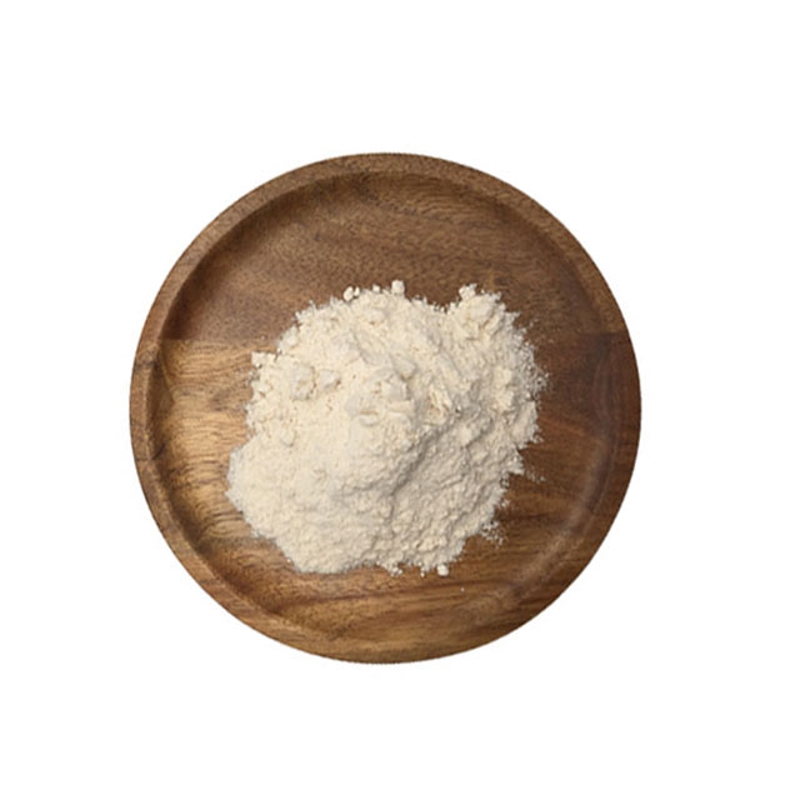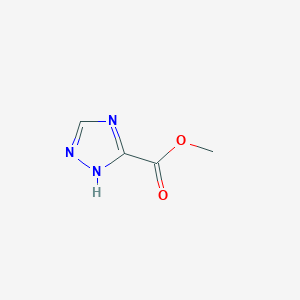Analysis of the operating principle and performance characteristics of low-temperature coolant circulation pump
-
Last Update: 2013-02-17
-
Source: Internet
-
Author: User
Search more information of high quality chemicals, good prices and reliable suppliers, visit
www.echemi.com
Low temperature coolant circulation pump performance characteristics: 1, low temperature coolant circulation pump all use the original high-quality components, refrigeration unit special relays, capacitors, protectors, refrigeration components, etc.; Anti-corrosion; 5, easy to operate, only with an electric agitator can be completed directly in this machine, flexible and convenient operation; 6, low temperature coolant circulation pump at the specified temperature (-40) - (-60) to do the test, can pump coolant to the designated place for use, with a circulating pump Simple and convenient; the low temperature coolant circulation pump works on the principle that in the working state, the centrifugal pump should be filled with water before starting, and when the motor drives the pump impeller to rotate at high speed, the water in the impeller is also rotated Due to the action of the low temperature coolant circulation pump centrifugal force, the water will be flushed along the cutting direction of the impeller circumference into the import and export tube, and after the water is discharged, a vacuum is formed near the rotating shaft in the pump shell When the pump is filled with water, centrifugal forces are generated when the impeller rotates The water in the impeller channel is thrown into the pump shell around the periphery under the action of centrifugal force, so the pressure of the center of the impeller is reduced, the pressure is lower than the pressure in the inlet tube, and the water is flowing from the suction tank into the impeller under the action of this pressure difference The water in the inlet pipe is pressed into the jump to fill the vacuum under the influence of external pressure So as long as the impeller keeps turning, the water is constantly coming in by the inlet pipe, discharged through the pump outlet This completes the entire workflow.
This article is an English version of an article which is originally in the Chinese language on echemi.com and is provided for information purposes only.
This website makes no representation or warranty of any kind, either expressed or implied, as to the accuracy, completeness ownership or reliability of
the article or any translations thereof. If you have any concerns or complaints relating to the article, please send an email, providing a detailed
description of the concern or complaint, to
service@echemi.com. A staff member will contact you within 5 working days. Once verified, infringing content
will be removed immediately.







